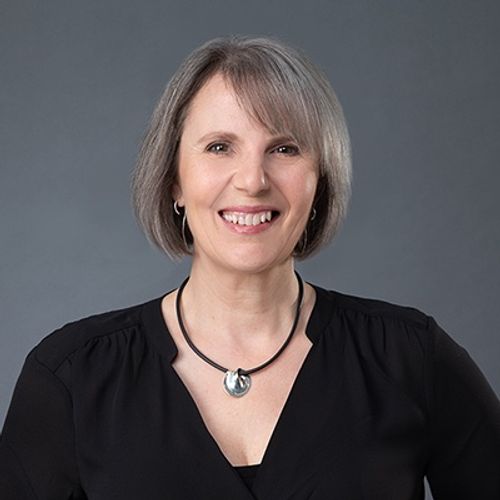Episode 8
Ensuring Continuity of Care: A Look at Voluntary Patient Enrolment in Primary Care [part 1 of 2]
In this episode of the Medicubes podcast, Riwka Hagen and Kim Poyner join Tracy Johnson, Dr Tony Lembke, Simon Matthews from Practice Coach Australia for a discussion on voluntary patient enrolment in the primary care space. This is the first part of a two-part series. The conversation explores the concept of the medical home, in which patients have a continuing relationship with a particular general practitioner (GP) and are supported by a team of healthcare professionals. The goal of the medical home model is to provide comprehensive, coordinated, and accessible care to patients, with a focus on quality and safety.
Key Learnings:
- Voluntary patient enrolment is relevant in the context of the medical home model of primary care. (4:00)
- The medical home model has been extensively studied and shown to be an effective and efficient way to provide primary care that is preferred by patients and providers. (4:30)
- The medical home model can lead to improved health outcomes, including better management of chronic conditions and reduced hospitalisation rates. (5:00)
- The medical home model relies on strong communication and collaboration between healthcare providers, as well as engagement and involvement of patients in their own care. (7:00)
- The medical home model can be implemented in various settings, including general practices and Aboriginal medical services. (9:00)
- Voluntary patient enrolment is a way for patients to formally express their preference for a particular GP or medical practice to be their medical home. (13:00)
- Voluntary patient enrolment is different from mandatory enrolment, which requires patients to be registered with a specific GP or practice. (14:00)
- Voluntary patient enrolment can help to improve the continuity of care for patients, as well as the efficiency and effectiveness of the healthcare system. (17:00)
- There are potential challenges to implementing voluntary patient enrolment, including issues related to funding, workload, and access to care. (20:00)
- The importance of voluntary patient enrolment may vary depending on the specific needs and preferences of patients and communities. (22:00)
Resources & Links:
- The Australian Institute of Health and Welfare: https://www.aihw.gov.au/
- Cubiko: https://www.cubiko.com.au/
- The Winston Churchill Memorial Trust: https://www.churchilltrust.com.au/
- The Australasian Healthcare Homes Program: https://www.ahha.asn.au/healthcarehomes
- The Primary Care advisory: https://www.aihw.gov.au/reports/primary-care/primary-care-advisory-committee-annual-report-2019-20/contents/about-the-primary-care-advisory-committee



